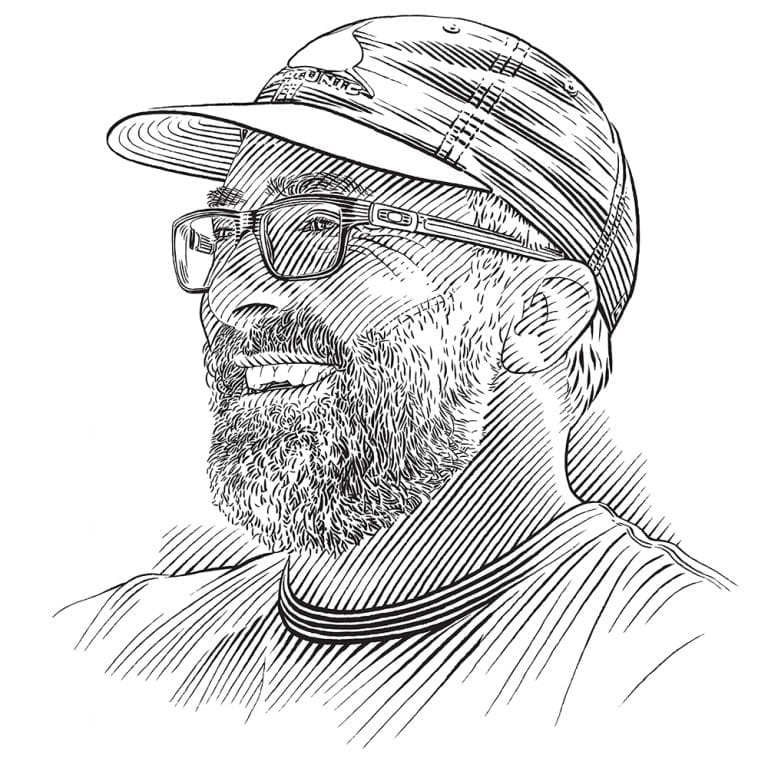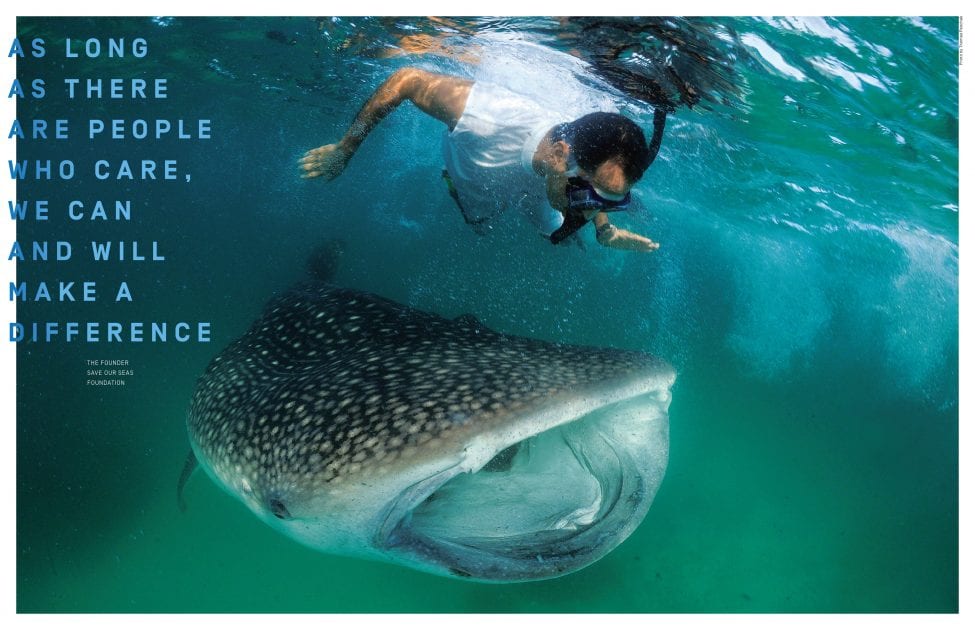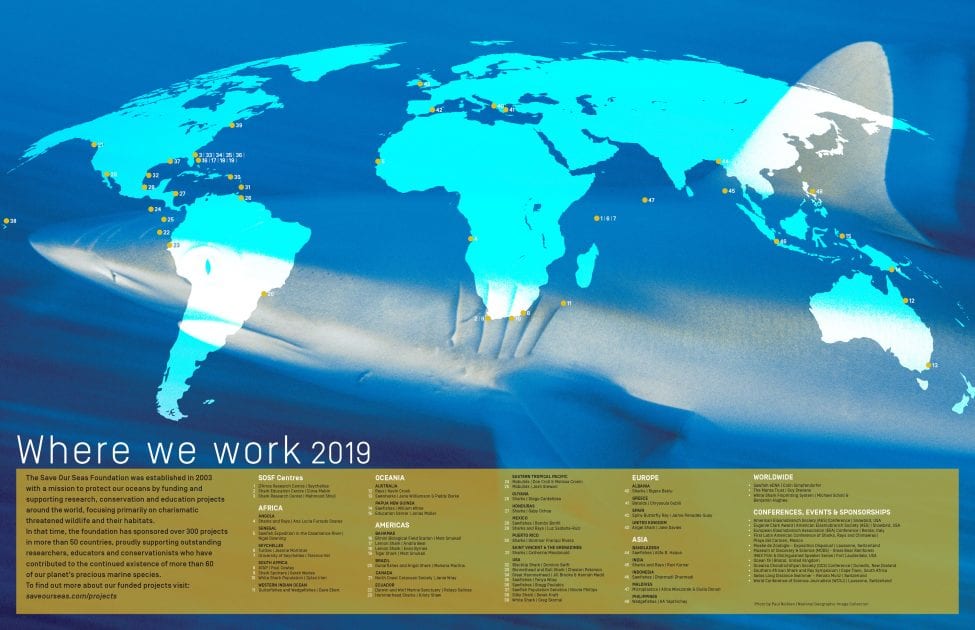Editorial #10
Summer | June 2019 issue
Photo by Michael Scholl
The Bahamas boldly proclaimed its territorial waters a shark sanctuary in 2011, after having pronounced a ban on long-lining in 1992. Tourism underpins the island nation’s economy, generating about 60% of its gross domestic product and employing roughly 50% of its population. Shark diving contributes approximately US$114-million annually to the Bahamian economy, the majority of which is based on shark and ray tourism. With its continued stewardship and conservation measures targeted on sharks, The Bahamas, it seems, is a good place for these species. Unfortunately, the same can’t necessarily be said for their cousins the rays, or for the important mangrove habitats that act as a natural barrier against erosion and hurricanes and represent crucial nursery grounds for many species of fish – they remain unprotected to this day. Yet although we see The Bahamas’ bold action mirrored globally – the world’s first national shark sanctuary was declared in 2009 by Palau, followed by 10 other nations in the past decade – only 7.59% of the world’s oceans and 14.9% of the earth’s land surface are protected to date. We have committed to many international conservation and sustainable development targets, but each and every one of us still needs to ask a more deeply personal question of ourselves: what world do we want to live in tomorrow and, more importantly, pass on to future generations?
As I am writing these lines on the small Bahamian island of Bimini, I have just learned of the passing of my mentor and dear friend Dr Samuel ‘Doc’ Gruber. Doc’s life was one lived in an earnest interrogation of what kind of world he’d like to see: he spent his scientific career contributing to the ideal of tomorrow and empowering a generation of shark conservationists. This is evident in his actions: a pioneer in the field of shark research and conservation, he co-founded the American Elasmobranch Society in 1983 and founded the IUCN Shark Specialist Group in 1991. He dedicated his life to the better understanding of sharks through his research and he nurtured new cohorts of students through the establishment of the Bimini Biological Field Station’s Shark Lab. This is where my own life with sharks started in 1995, 24 years ago to the day, on a course that was followed by an internship. Doc had two passions in his life: sharks and his family – his wife Marie and his daughters Meegan and Aya. He fought various cancers over the past 40 years, winning many of these battles against all odds, and I have looked up to him for most of my adult life. I will sorely miss our close friendship and lively discussions. The legacy of Dr Samuel H. Gruber will live on through all the people he has taught, with whom he shared his passion and who he empowered to lead as the next generation of shark conservationists.
Doc’s passing is a reminder that while our lives might be fleeting, each of us has the capacity within our lifetime to create a world we’re proud to leave behind. Shaping what that world might look like requires us to know more and act decisively, based on the best available evidence. The diverse stories collected in this issue represent just how much we’re learning, and what we need to know to empower ourselves to make better decisions. We explore the complex world of sound in the marine ecosystem and the ever-growing impact our human activities have on its sensitive balance. We examine the cultural interpretations of sawfish around the world, contest that consciousness and intelligence aren’t limited to human beings, search for undiscovered shark species and showcase the rays the world forgot.


